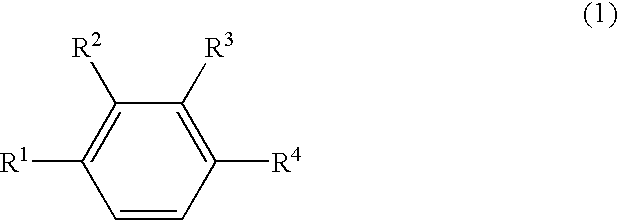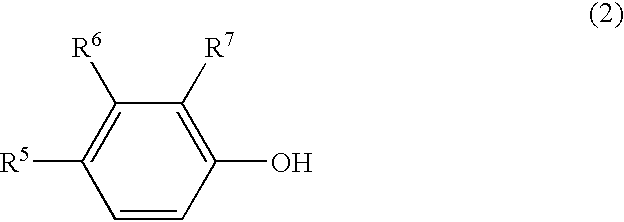Monoclonal antibody for immunologically analyzing or concentrating endocrine disruptor or its degradation product and utilization of the same
a technology of immunological analysis and immunological concentration, which is applied in the field of monoclonal antibodies for immunological analysis or concentrating an endocrine disruptor or its degradation product, can solve the problems of social problems, insufficient sensitivity of these methods, and methods that require very expensive apparatuses or devices, and pretreatment and operation with great skill
- Summary
- Abstract
- Description
- Claims
- Application Information
AI Technical Summary
Benefits of technology
Problems solved by technology
Method used
Image
Examples
example 2
Determination of Alkylphenol Ethoxylates (APE) and Plastic Resin Components (PRC)
[0096] (1) Preparation of Antigen-enzyme Complex
[0097] According to a conventional manner, an activated ester of APE and a PRC hapten were bound to horseradish peroxidase, followed by removal of unreacted reactants by ultrafiltration to prepare each antigen-enzyme complex.
[0098] (2) Calibration Curve
[0099] After mixing a standard solution and a solution of an antigen-enzyme complex, the mixture was added to a plate having a solid phase of each antibody. After reaction for 60 to 90 minutes, a color-producing substrate solution was added and the absorbance was measured. The calibration curves obtained by using nonylphenol ethoxylate (NPE) and bisphenol A (BPA) as the standard materials are shown in FIG. 2 and FIG. 3, respectively. The measurable ranges were 50 to 2000 .mu.g / L of alkylphenol ethoxylates and 50 to 500 .mu.g / L of plastic resin components.
example 3
Determination of Alkylphenols (AP), Chlorophenols (CP) and Plastic Plasticizers (PP) by Antigen Solid Phase Method
[0100] The following example illustrates the determination by using anti-AP, CP, and PP monoclonal antibodies according to an antigen solid phase method.
[0101] (1) Calibration Curve
[0102] After mixing a standard solution and a solution of each antibody, the mixture was added to a hapten-OVA solid phase plate. After reaction at 37.degree. C. for 60 minutes, an enzyme-labeled secondary antibody was added and the mixture was reacted at 37.degree. C. for 60 minutes. A color-producing substrate was added and the absorbance was measured.
[0103] The measurable ranges were 0.5 to 30 mg / L of alkylphenols (standard material: nonylphenol, FIG. 4), 30 to 500 mg / L of chlorophenols (standard material: 2,4,6-trichlorophenol, FIG. 5) and 0.1 to 30 mg / L of plastic plasticizers (standard material: dibutylphthalate, FIG. 6).
PUM
| Property | Measurement | Unit |
|---|---|---|
| Concentration | aaaaa | aaaaa |
Abstract
Description
Claims
Application Information
 Login to View More
Login to View More - R&D
- Intellectual Property
- Life Sciences
- Materials
- Tech Scout
- Unparalleled Data Quality
- Higher Quality Content
- 60% Fewer Hallucinations
Browse by: Latest US Patents, China's latest patents, Technical Efficacy Thesaurus, Application Domain, Technology Topic, Popular Technical Reports.
© 2025 PatSnap. All rights reserved.Legal|Privacy policy|Modern Slavery Act Transparency Statement|Sitemap|About US| Contact US: help@patsnap.com



